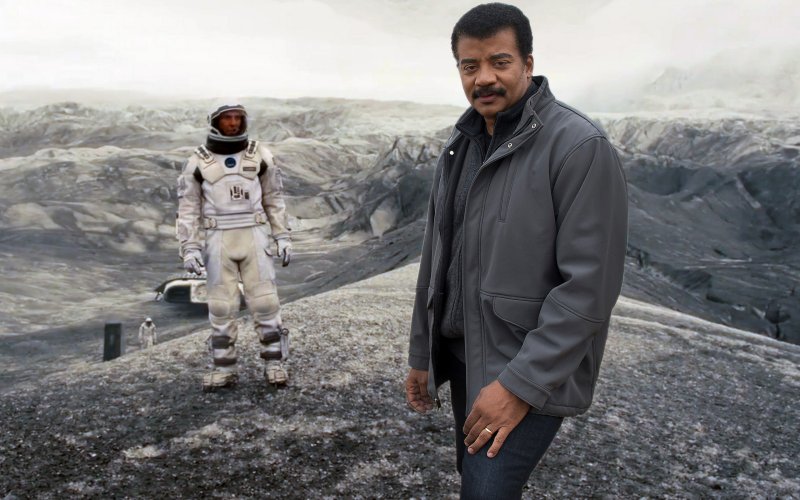

Most of us are familiar with time travel. At least, it appears everywhere in our science fiction. There are also a lot of black holes. A lot. From Star Trek to Doctor Who to Star Wars, science fiction is filled with things that dance between reality and imagination. But where does one stop and the other begin? As it turns out, physics is a bit murky, and sometimes it is a rather hard to draw a clear line in the sand.
Take one of the latest box office hits, Interstellar. Just how accurate is the physics in this movie? As it turns out, pretty accurate. While it would be a bit of a stretch to say that every aspect of Interstellar was 100 percent scientifically accurate, much of the movie was (at the very least) scientifically plausible.
Indeed, Christopher Nolan’s Interstellar invites scientific critique. They called upon theoretical physicist Kip Thorne, to serve as a script adviser and executive producer on the film, and they also released a companion tome, The Science of Interstellar, explaining many of the scientific concepts employed in the movie.
Here, astrophysicist Neil deGrasse Tyson discusses the science behind the film with Nolan. Go on an odyssey to explore some of the most interesting concepts in physics:
Explore Einstein’s Theory of Relativity, the math that supports the possibility of time travel, the physics of wormholes and the practicality of warping space-time. Learn why clocks tick faster on the ISS and GPS satellites than they do here on Earth, why neutron stars have powerful magnetic fields, and why hydrogen appears twice on the periodic table. Plus, Neil recites his poem about falling into a black hole, and Bill Nye “rants” about why there’s no place like home, not even on an exoplanet or Mars.
From Quarks to Quasars is two people, Jaime and Jolene. We want to make the world a more sciencey place. We’re doing that, but with your help, we can do even more.
FQTQ takes a lot of time, money, and effort. Here, you can support us, get to know us, and access extra content: